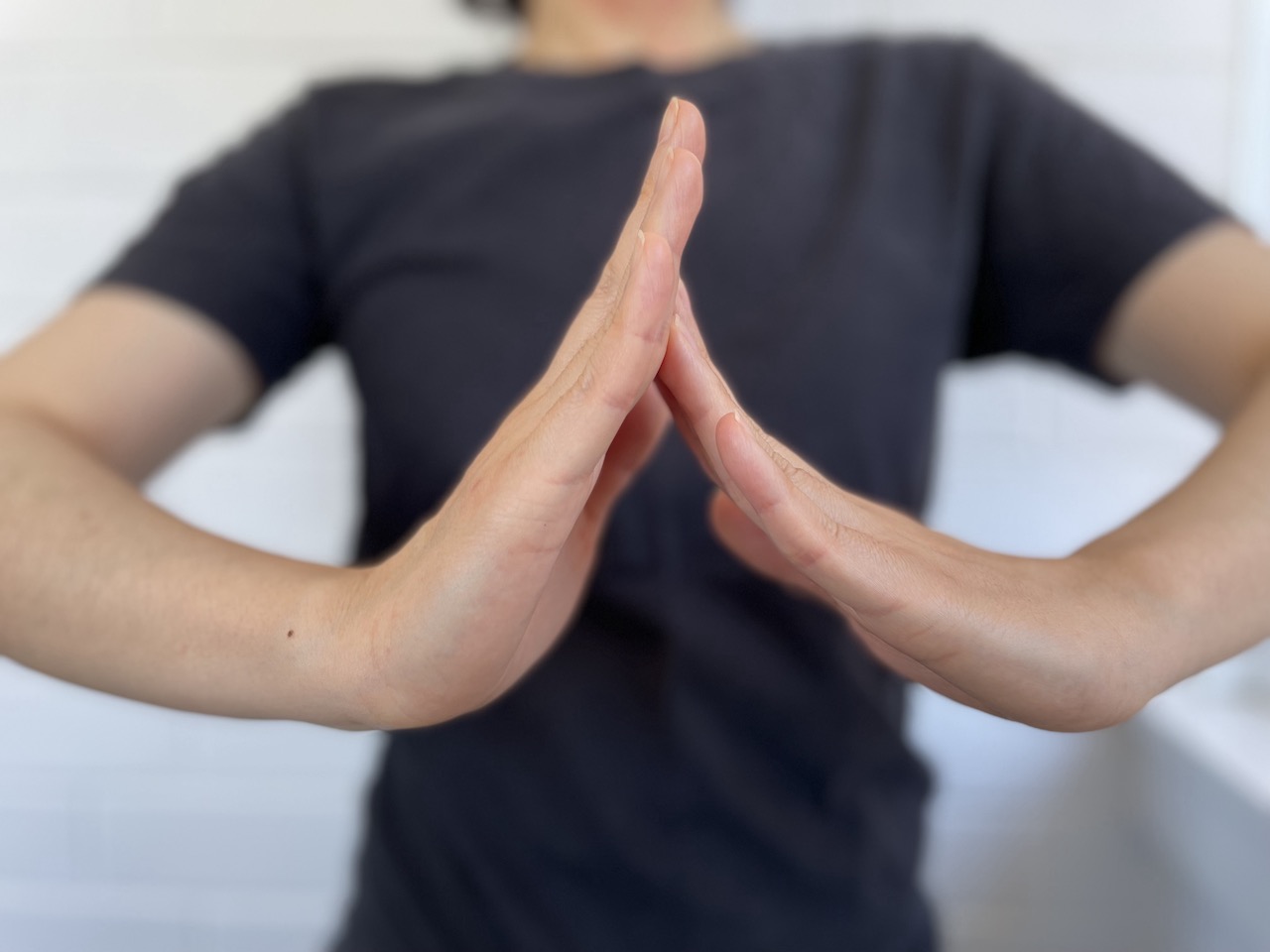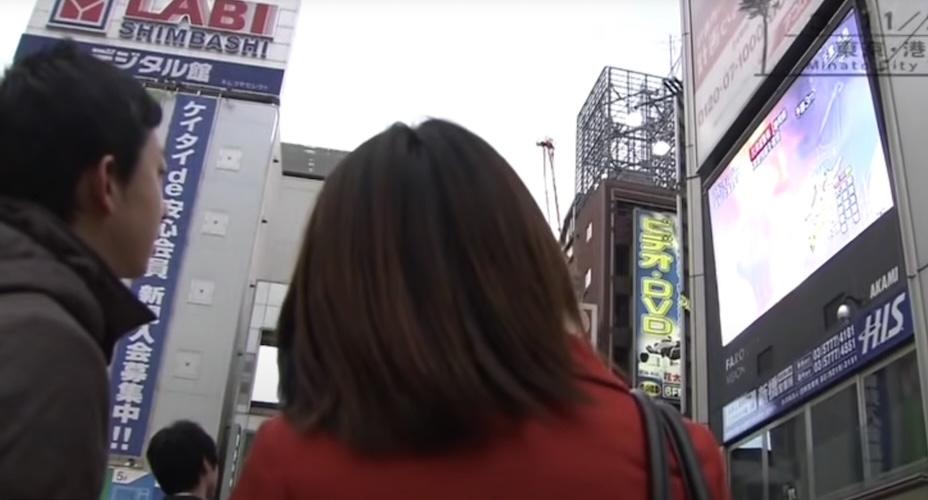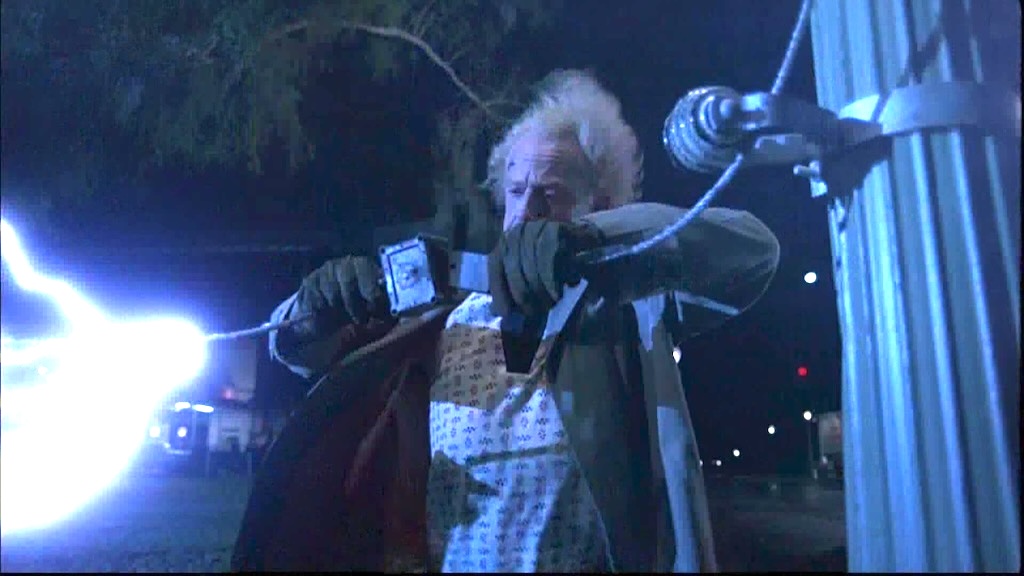The father of the bride was making his wedding toast. He recounted how his daughter had left Japan alone to embark on an adventure to Australia, where she met the man she would eventually marry.
I stood beside the father, translating his speech to English for the benefit of the Australian locals in attendance. I am not a professional interpreter by any means, but I thought I was doing pretty well.
The speech continued, with the father suggesting that since the bridegroom was also a Japanese far from home, the couple could leverage their shared experiences, and support each other as they move forward and grow in their new life together.
The father then did something that completely threw me off guard.
He raised his two hands up to form a representation of “人” (hito), the kanji character for “person”:

He then said:
人 の 漢字 は こう だから ね 。The kanji for "person" looks like this.
The Japanese in the audience smiled knowingly and laughed politely.
I stopped and looked at the father, waiting for some further information that could help me contextualise what seemed like a complete non sequitur.
He looked back at me, hands still raised, waiting for his cue to continue after my interpretation.
With no further assistance, nor any real idea of how to proceed through this awkward pause, I felt I had no other choice but to also raise my hands into a “人” shape, and just translate what had been said literally:
“The kanji for person looks like this…¯\(ツ)/¯”
With a sympathetic shrug of the shoulders to the audience, who were clearly as confused as I was, we continued on. Translation of the rest of the speech went fine, but this “人” issue really stuck with me.
What did I miss that was so intuitively obvious to the Japanese in attendance, but left me completely blindsided?
Kinpachi-sensei
The answer lies with Kinpachi-sensei (3 年 B 組金八先生 , San-nen B-gumi Kinpachi-sensei), a long-running Japanese television drama that portrays a variety of social issues faced by junior high school students.
Tetsuya Takeda ( 武田 鉄矢 ) plays the titular role of school teacher Kinpachi Sakamoto, who sometimes illustrates points of morality to his students by deconstructing parts of kanji characters to reveal their deeper hidden meanings.
During a scene in Kinpachi-sensei’s 4th special episode, aired in 1985, Kinpachi writes “人” on the classroom blackboard, and says to his students:
君 たち いい です か 〜。 人 と いう 字 は ねぇ 、 ひとり の 「人」 が もう ひとり の 「人」 を 支えて いる 字 です 。 つまり 、 人 と 人 が 支え 合ってる から 人 なん です 。 人 は 人 に よって 支えられ 、 人 の 間 で 人間 として 磨かれて いくん です 。
Can I have your attention, please. So, the character for "person" consists of one person holding up and sustaining another person. In other words, it is a "person" precisely because a person and another person are supporting each other. A person gets support from other people and their community, and through that support, grows and develops as a human.
So, our expectations about the composition of this character are flipped on learning this new information: “人” is not a single character or “person”, but rather one person, |, leaning into another person, |, to form 人.
For English speakers, the sentiment above perhaps has recognisable echoes of the African proverb “It takes a village to raise a child”. But for Japanese, it resonated within the context of marriage, where two people “become one”.
For the father of the bride, his daughter and new son-in-law would be leaning on each other for support as they begin their life together, not as two individuals, but as one family unit.
Hence, “人” represented the new form their relationship had evolved into.
The Power of 人
The kicker to this romantic notion? It was a complete lie.
Takeda confirmed as much in an appearance he made in 2021 on The Wide Show (ワイドナショー), a Japanese news and entertainment television program.
But, the meme has had decades to burrow into the collective consciousness of a generation, and regardless of the generally accepted glyph origin of 人 to be a “side view of a standing man, highlighting the arms and legs” (known before Takeda made his admission, of course), I would wager we will see “人” appear again at future weddings.
If I had my time again at that speech, knowing what I know now, I think I would offer up the following translation for “the kanji for ‘person’ looks like this”:
[Hold both hands apart in a straight “
|” formation]: “The bride and groom, once two individuals…“
[Bring hands together to form “人”]: “…have come together to become a single family unit, leaning on each other for support as they begin their new life together, forming this, the Japanese character for ‘person’.”
[Push hands slightly forward]: “These two have become one”.
It’s certainly not a literal translation, nor an academic one, nor one that directly infers how the character of “人” is derived. Rather, it’s just a short bit of fanciful flourish that I think conveys enough meaning for the time given without having to impart all the details given in this blog post.
So, if you ever somehow find yourself in a similar wedding-speech-interpreting situation, feel free to use or riff on my translation, and hopefully that will at least reduce your number of potential awkward pauses by one.




Leave a comment